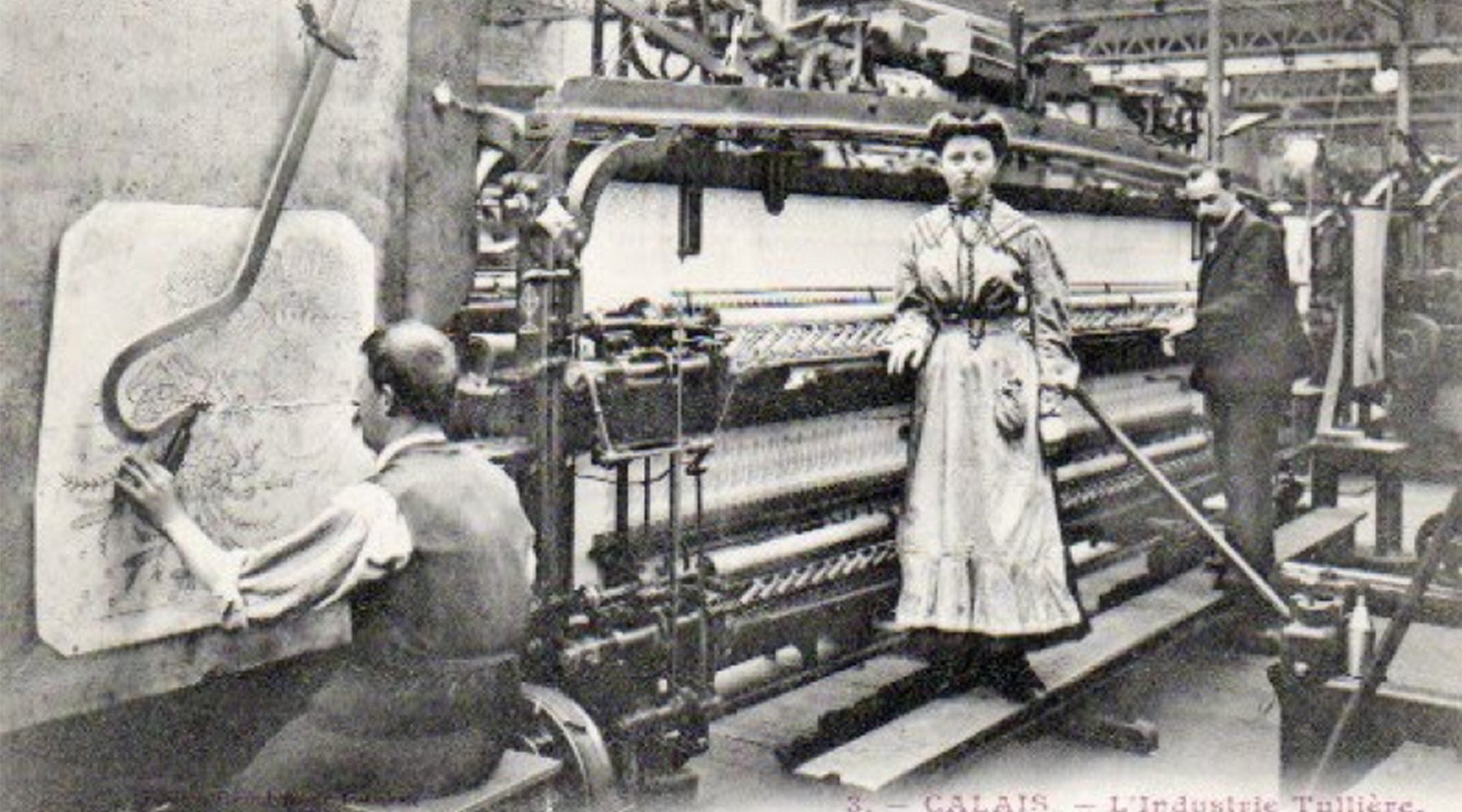Your Cart is Empty
Modern Patches Were 2,000 Years in the Making

As you're Instagramming the latest patch in your collection, it may be hard to imagine that these little wearable art pieces go back thousands of years. The fashion of embroidered patches is way more vintage than we realize.
There would be no patches without embroidery and there would be no embroidery without the decadent designs created to patch holes in China, 3rd century B.C. Way, way before iron-on patches, or patches as we know them, people in ancient Egypt and China bound together torn garments with techniques that evolved into elegant embroidery. Soon, chain stitch by chain stitch, embroidery went from utility to decor to creates intricate, elegant designs.

If you trace back the timeline of most handmade arts, you’ll find that technology usually swoops in during the Industrial Revolution bringing in machines to do the work of hands and we sacrifice quality for quantity. For the patch industry though, machinery was better for both.
At home, women were learning embroidery as a hobby, but in 1848, Jacob Scheiss changed that. His invention wasn't so much a machine as a loom, operated by 15 women at once. Then in 1860, a guy named Joshua Heilmann created a hand embroidery machine that wasn’t popular right away, but would revolutionize the industry and lead to invention of the shuttle and chain stitch methods which are the foundations of embroidery. There were only about 14 companies making these hand loom machines. In 1873, Alphonse Kursheedt bought a dozen of the hand looms and set up shop in America. The looms worked using multiple needles, and unlike hands, they could work for many hours without losing accuracy or growing tired. Ironically though, they still needed a set of hands to power them.


The real lasting milestone in the embroidery industry came in 1863 with the Schiffli embroidery machine (top photo). These machines were used for over 100 years, all the way until the 1990s (bottom photo). They measured 18 meters long and 4.5 meters tall and stitched on two pieces of twill at a time, held vertically. They used multiple, continuously threaded needles and a shuttle containing a bobbin of thread to embroider several pieces at once. The actual stitching process didn’t go much faster than human hands, but where a human could stitch one patch at a time, the Schiffli machine could stitch several, keeping up with the sudden military demand of patches during the Civil War.
It wasn’t until the past few decades that embroidery has grown out of the Industrial Age and into the digitized one. Now, computerized machines are able to read and create even more detailed designs and stitch them with complete accuracy and improved speed. These newer machines are made up of separate sewing heads, each one responsible for completing one piece of a design. Some machines have over 30 sewing heads.

Now, patches go through several evolutions in manufacturing from a swatch of twill, to being covered in embroidery, and then the addition of a plastic backing onto the patch. This makes modern patches more stiff and steadfast. To protect them from unraveling, they’re bound with a diecut or marrowed border of stitching. With the invention of polyester thread, color can last far longer than before on wool and cotton threads.
New materials and technology continue to make patches look better and last longer so they can stick around for a thousand more years. As we create new design technology, new machinery will take over the old and our patches will survive many more generations to outlive the jackets and bags we sew them on.
Photos: 3rd century Chinese embroidery, Morocco Horse Cover, 5th-6th Centure Egyptian Embroidery, 13th-15th Centurey Egyptian Embroidery, Schiffli Machine postcard 1863, Schiffli Machine 1990s
Also in Asilda Blog

Why I started Vlogging - My 3 Reasons
The first month of vlogging is done and now I get asked more and more about why I started all this, and especially right now. So here are my three reasons.
Read More
Cecilia Humboldt Camera Backpack Review
Join me in reviewing this Cecilia Humboldt 14L in Black Leather Camera Backpack I got to test out. The leather is buttery smooth and the bag is very enjoyable to use.
Read More
Neon Signs: A Symbol of America
When you think Americana, neon signs are always a big part of the visual. In this article, you'll find out about the history of neon signs...
Read More
